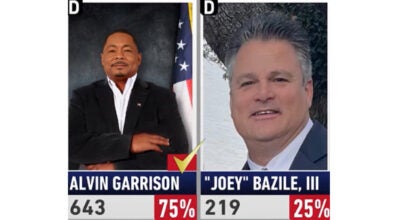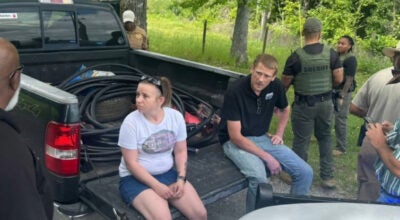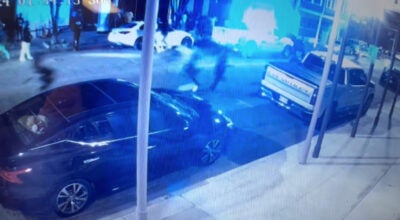Vidalia Police to begin using drones
Published 12:11 am Thursday, April 23, 2015
VIDALIA — The next time someone decides to take off on foot when the Vidalia Police chase them, the law enforcement side of the chase may get a little help from an eye in the sky.
Smaller than two feet in diameter, sounding like a swarm of bees and carrying a high-definition camera, that eye — a DJI Vision Phantom II drone system — is the newest technological tool in the Vidalia Police Department’s arsenal.
“Imagine you’ve got someone who runs from a stop, you know they have previous felonies and have shot someone in the past,” said VPD Investigator Sgt. Clint Robinson. “Would you rather send a bunch of officers into the woods after them, or would you rather send in a flying robot? (The drone) costs about ($1,200) — how much is your life worth?”
Robinson said the department bought two of the drones after he and Assistant Police Chief Bruce Wiley had a discussion about their possible uses. While the machines haven’t been used to catch any criminals yet, Robinson said the department has done some training with them.
“As far as I know, no other agencies around here have (drones), but I know they are used by law enforcement around the country and around the world,” Robinson said.
Directed by wi-fi signal from a base controller, the drones’ video streams through an app on Robinson’s smartphone, which he mounts on top of the handheld controller.
Robinson, who worked with helicopters in the military, said he prefers to fly the drone by sight rather than using the screen. To do that, he watches the LED lighting on the bottom of the drone’s four arms, red lights indicating the forward end of the aircraft. The lights never turn off.
When it isn’t under manual control, the drone can be programmed to fly to 16 points at up to 200 feet in altitude using a global positioning system (GPS), which Robinson said can be useful for surveillance. It can reach speeds of up to 40 miles per hour, but can also hover over one point, returning to where it was told to be if a wind gust pushes the drone away.
“Using the GPS system, you need to link up to about six satellites to do it really well,” Robinson said. “In this area, we can usually link up to nine.”
The drones have some limits. If it flies above 200 feet or enters airspace restricted by the Federal Aviation Administration, the drone model has a fail safe feature that makes it return to its point of take-off. The battery packs the VPD purchased with the drones — two for each — last approximately 25 minutes, and at 5 percent battery life the fail safe makes it return to base.
But even that short time might be all that’s needed when evaluating a dangerous situation, Robinson said.
“Imagine you’ve got a spill of some kind or a tanker that’s been involved in a wreck on the highway,” he said. “You could send in one of these to get a look at it before someone with a hazmat suit could even get there, or it might keep someone who doesn’t have a full hazmat suit from having to go in.”





